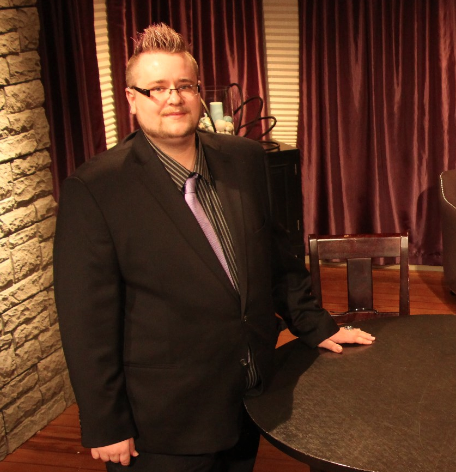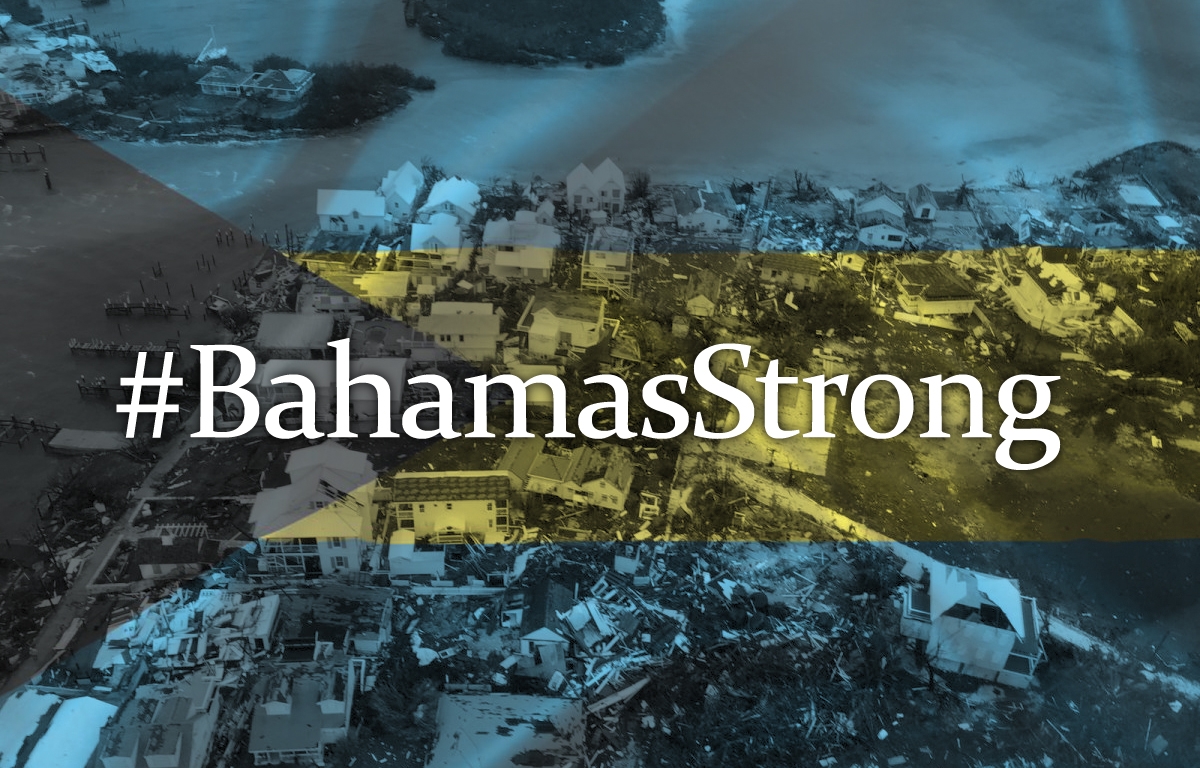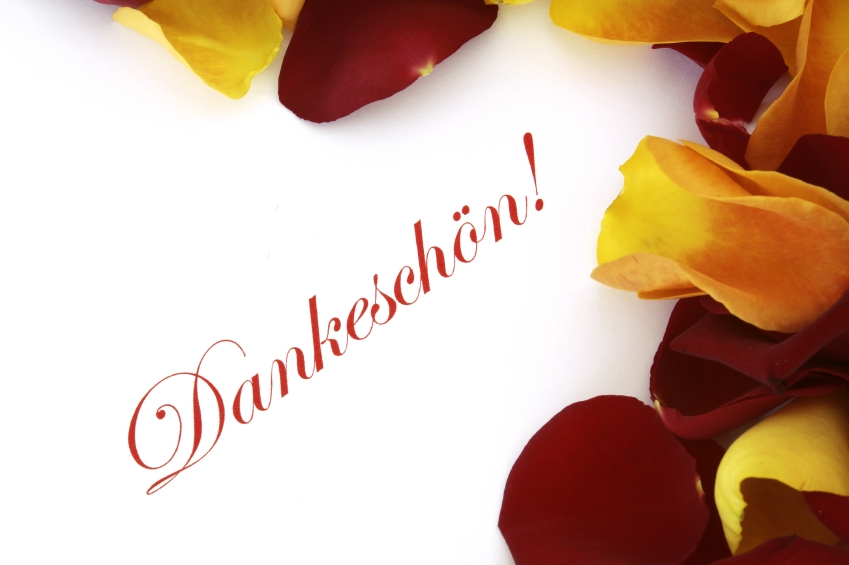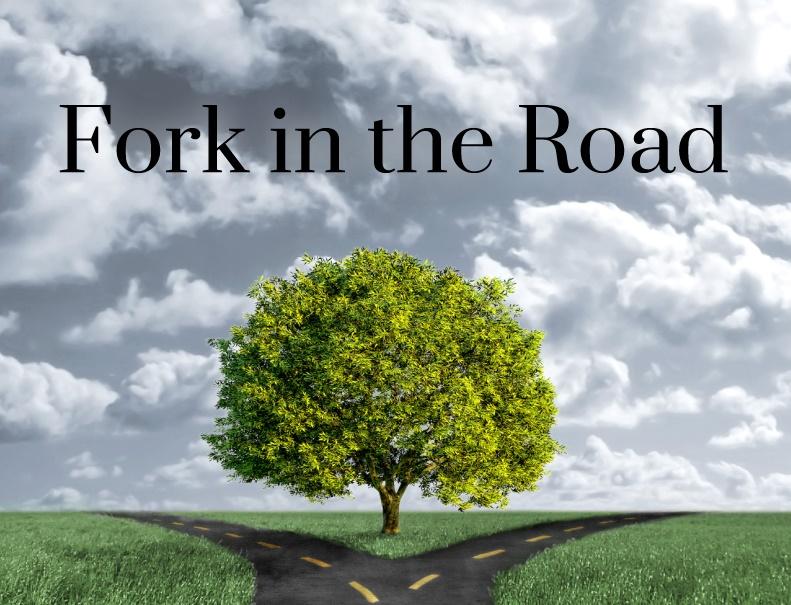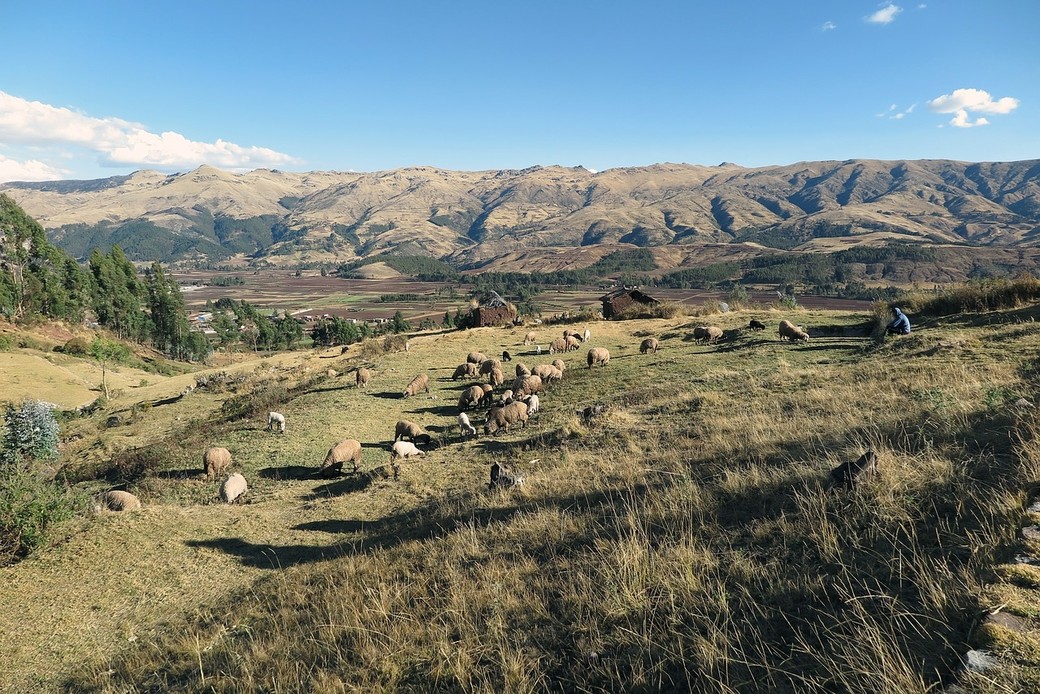
From Shepherding Sheep in Cuzco to Shepherding Souls in Canada
When Nicanor Sarmiento Tupayupanqui was grazing his sheep on ochre hillsides surrounded by towering mountains reaching up to 3,600 meters above sea level, he never imagined in his wildest dreams where he would eventually end up living and working. Nicanor was born in the Quechuan community of Lares, in Cuzco, Peru. From his youth as a shepherd in the far Andes, he moved on to become a Catholic priest of the Oblates of Mary  Immaculate (OMI) with a doctorate in Theology and Cultural Anthropology.
Immaculate (OMI) with a doctorate in Theology and Cultural Anthropology.
Along the way he spent six years as a missionary in the Innu communities of Sheshatshiu and Natuashish on the far northern coast of Labrador, thousands of kilometres away from the flocks he used to tend. Since August 2013, he has been pastor to Canadian Martyrs Parish, a Catholic community of 135 families in Ottawa, Canada. In addition, he is responsible for 43 priests and brothers as regional superior of the Oblates in Ontario (the first Peruvian to hold such a position) and Councilor for the OMI Lacombe Province of the Oblates in Canada.
His Family
The importance of Nicanor’s origins and identity are revealed in an anecdote from his childhood. At his grandparents’ house where he grew up, different groups of Quechua Indians from the surrounding communities would often come to the family home to seek advice on various matters. They treated Nicanor very ceremoniously, with a great deal of respect,  despite his being only a child. Such embarrassing occasions led him to ask his grandmother why they treated him in this way.
despite his being only a child. Such embarrassing occasions led him to ask his grandmother why they treated him in this way.
Anacleta Tupayupanqui took her grandson by his shoulders and asked him sweetly but firmly, “Are you ready to listen?” She told him that his great-grandparents were curacas (chiefs), important leaders in the area. Each one of them was in charge of a number of families. His grandmother and her family are connected to 35 families belonging to four communities, Q’eupay, Pumapuncu, Quishuarni, and Pampa Corral, not only to protect them but also to make sure that they all live in harmony and peace. “It is our responsibility to help them and to be for them, as well as they are for us”, she told him.
Grandmother Anacleta spoke to Nicanor about their ancestor, the chief Mariano Tupayupanqui who commanded a group of Indians fighting in the war against Chile in 1879. After the war, he was designated as the curaca of Lares valley, as recorded in a family testimony of 1890. Tupayupanqui is a single word today because the original surname, Tupac Yupanqui, was changed erroneously in the vital statistics office. Nicanor’s family comes from the Hanan Q’osq’o (Upper Cusco), descended from the panaca (family) of the ninth Inca emperor, the Inca Tupac Yupanqui. Among Nicanor’s family and the people of the Quechuan communities, the ancient Inca lineage continues alive five centuries after the world of the indigenous Andean peoples changed so abruptly.
His Vocation
Nicanor Sarmiento Tupayupanqui learned to live meaningfully, rooted in his ancient identity and in a different world view from the one he would come to live in. For example, his priesthood does not prevent him from participating with genuine sincerity in the rituals to Pachamama (Mother Earth), the Apus (Sacred Mountains) and all the sacred landscape of the  Andean world, as well as in the liturgical services of the Catholic Church to which he belongs.
Andean world, as well as in the liturgical services of the Catholic Church to which he belongs.
Nicanor’s determination to situate himself at the junction of the Apu and the Cross has been strengthened and nurtured through the years of his theological training, and has led him to become an expert in native theologies (teologias indigenas) in Latin America. The field of native theologies emerged in the 1960’s to explore and explain the profound elements of cultural and religious identity that are expressed in the faith of millions of indigenous believers in that part of the world.
His Arrival in Canada
The academic and pastoral accomplishments of Father Nicanor have been enriched by both his life and his ministry among indigenous peoples. Notable among these experiences was his decision to leave Latin America to work as an indigenous missionary in a native community in North America. Although he didn’t know at the time what this involved, nor where exactly he had been invited to work, he did know that in North America people spoke mainly English (which he also did not know).
He arrived in Canada on January 22, 2000, in the middle of winter, when temperatures between -20 to -30 Celsius are normal. His first six and a half months were spent in Ottawa learning English. After this he was sent to live and work in the communities of Natuashish and Sheshatshiu in northern Labrador, where 60 per cent of the Innu people do not speak English but their native language, Innu-aimon.
For this ancient nation of hunters in the far North, it was strange to find that their new missionary looked remarkably similar to themselves, even though he did not speak their language or even good English. Thus it was critical in building a relationship with the Innu, that Nicanor assert his cultural roots from the first day he introduced himself and every day thereafter. “I am a Quechua Indian, a member of the First Nations of this continent,” he said to them.
 The wide range of Nicanor’s experience, from his personal life in Cuzco to his ministerial training in Guatemala, Bolivia and the United States, and his six years among the Innu have enriched his theological contributions to the study of native theologies of the Americas.
The wide range of Nicanor’s experience, from his personal life in Cuzco to his ministerial training in Guatemala, Bolivia and the United States, and his six years among the Innu have enriched his theological contributions to the study of native theologies of the Americas.
More than 40 years have passed since he used to walk behind his sheep in the deep valleys between the Andean mountains, but he still remembers watching airplanes cross the sky above and thinking, “How I would like to be on board one of those planes!” Today, Nicanor spends a lot of time boarding and getting off aircraft in order to attend international congresses and conferences in Europe, Asia and North America. When he flies over the sacred Apus that he used to look upon with wonder and awe, he understands the change of perspective in life that dreams can provide. While the shepherd boy didn’t know, Father Nicanor Sarmiento Tupayupanqui now knows how far those dreams can take you from the world where your roots still lie.
By Juan Miranda Sanchez
Published on March 6, 2015 in El Correo, a Peruvian national newspaper.

